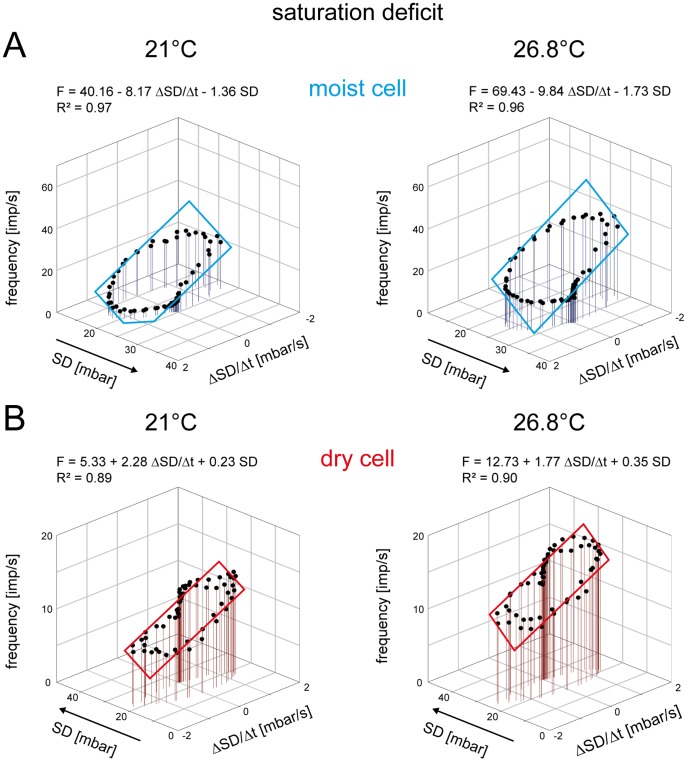Figure 9. Humidity stimulation expressed as saturation deficit.
Impulse frequency of the moist cell (A) and the dry cell (B) of Fig. 7 during oscillating changes in saturation deficit at two different temperatures, plotted as function of instantaneous saturation deficit and the rate with which the saturation deficit changes. Regression planes [F = yo+a (ΔSD/Δt)+b SD; where F is the impulse frequency and yo is the intercept of the regression plane with the F axis reflecting the height of the regression plane] were utilized to determine the gain values for the instantaneous saturation deficit (b-slope) and its rate of change (a-slope). Impulse frequency of the moist cell (A) increases linearly with rising instantaneous saturation deficit and its rate of change, in the dry cell (B) with falling instantaneous saturation deficit and its rate of change. R2, coefficient of determination; the number of points per plot was 60. Arrows point in the direction of increasing axis values. F impulse frequency, SD saturation deficit.

